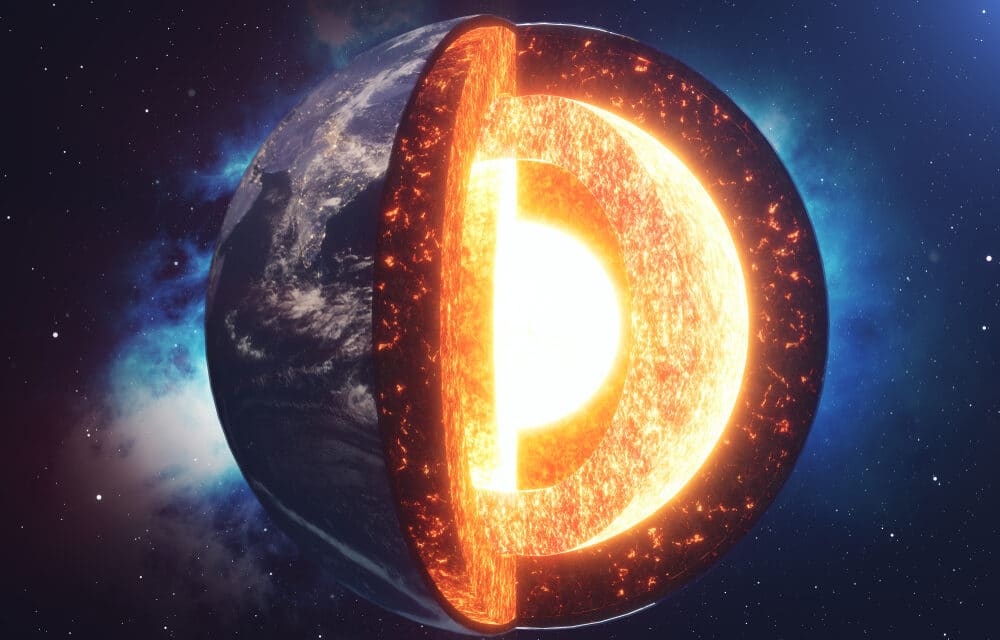Earth’s core is not solid nor liquid as we have long believed but something “quite abnormal”, scientists have claimed. In fact, they believe it’s a weird mix of elements that make it a bit of both.
Or as experts have called it, a “superionic state”. Deep within lies a concoction of “lighter” elements, alongside superheated solid and liquid states. These include hydrogen, oxygen, and carbon molecules, swirling around in a grid-like lattice of iron. “It is quite abnormal,” Professor He Yu, who lead the research said.
“The solidification of iron at the inner core boundary does not change the mobility of these light elements, and the convection of light elements is continuous in the inner core.” Temperatures are thought to be well over 5,500 degrees Celsius, which is around the same scorching heat you can expect on the Sun’s surface.
“We find that hydrogen, oxygen, and carbon in hexagonal close-packed iron transform to a superionic state under the inner core conditions, showing high diffusion coefficients like a liquid,” the researchers wrote in their paper. “This suggests that the inner core can be in a superionic state rather than a normal solid-state.”
The planet’s core is subject to bone-crushing pressures and scorching temperatures as hot as the surface of the sun, and its contents have long been a subject of speculation among scientists and science fiction authors alike. Since the 1950s, advances in the study of earthquake-generated seismic waves — which travel through the core — have enabled researchers to make more refined guesses as to what’s inside the heart of the planet, but even today the picture is far from clear.
A 2021 study of how a type of seismic wave called a shear (or “s”) wave moved through our planet’s interior revealed that Earth’s inner core isn’t solid iron, as was once believed, but is instead composed of various states of a “mushy” material, Live Science previously reported, consisting of an iron alloy of iron atoms and lighter elements, such as oxygen or carbon.


















